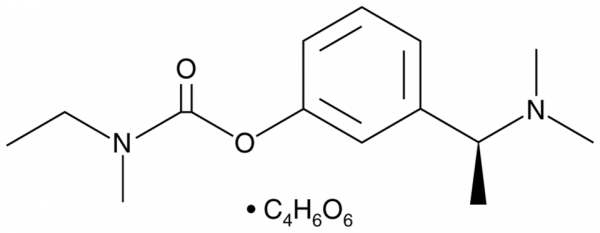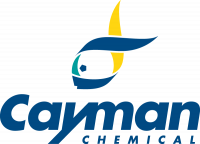If you have any questions, please use our Contact Form.
You can also order by e-mail: info@biomol.com
Larger quantity required? Request bulk
You can also order by e-mail: info@biomol.com
Larger quantity required? Request bulk
Viewed

| Keywords: | Exelon, SDZ-ENA 713, 3-[(1S)-1-(dimethylamino)ethyl]phenyl ester N-ethyl-N-methyl-carbamic acid, 2R,3R-dihydroxybutanedioate |
| Supplier: | Cayman Chemical |
| Supplier-Nr: | 14270 |
Properties
| Application: | AChE / BuChE inhibitor |
| MW: | 400.4 D |
| Formula: | C14H22N2O2 . C4H6O6 |
| Purity: | >95% |
| Format: | Crystalline Solid |
Database Information
| CAS : | 129101-54-8| Matching products |
| KEGG ID : | K01049 | Matching products |
Handling & Safety
| Storage: | -20°C |
| Shipping: | +20°C (International: -20°C) |
| Signal Word: | Danger |
| GHS Hazard Pictograms: |
|
| H Phrases: | H300, H335, H372, H401, H411 |
| P Phrases: | P260, P261, P264, P270, P271, P273, P301+310, P304+340, P312, P314, P321, P330, P391, P403+233, P405, P501 |
